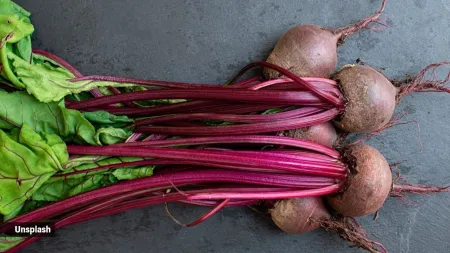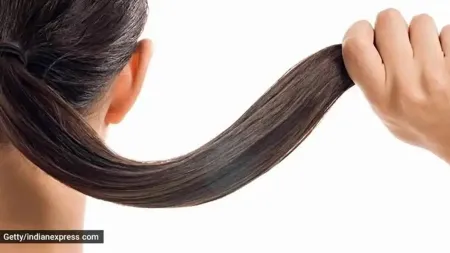Here’s why you should practice Kapotasana, just like Alia Bhatt
Known for her dedication to fitness, Alia Bhatt has been an advocate for yoga, showcasing snippets of her practice on social media. In a recent Instagram post, Anshuka Parwani, Alia’s yoga trainer shared a glimpse of the actor performing the Kapotasana or the pigeon pose. The yoga instructor termed it the ‘Alia Pose’ as the actor has been practicing it for a long time.
“I remember the day we first achieved #Kapotasana, sometime in 2021 after which everybody coined it the ‘Alia Pose’ and set out to achieve it. Of course, we had to then take a break from deep backbends,” Parwani wrote in the caption. “But we restarted working on her spine strength and flexibility sometime mid-last year and this is what we achieved in December ’23,” she added.

If you’re looking to ace the Kapotasana and benefit from it, here’s a guide from yoga experts.
According to Manushreya Sharma, a yoga instructor, Kapotasana, or Pigeon Pose, is a deep back bending as well as hip opener asana. “It is one of the most beneficial asanas as it impacts 3 chakras, namely the heart, throat, and third eye chakra,” she said.
There are numerous health advantages of Kapotasana. “The deep stretch it offers to the hip flexors, thighs, and abdomen can aid in flexibility and relieving tension. The posture also stimulates the abdominal organs, potentially enhancing digestion. Additionally, it enhances blood circulation throughout the body, improves posture, strengthens muscles, and aligns the spine,” Shruthi Jain, founder of YoniTara Birth, an online yoga and wellness studio, said.
Beyond the physical benefits, Kapotasana promotes mental well-being too. “It can help release tension and stress that has accumulated within the body by inducing a state of relaxation and a sensation of serenity,” Jain noted.
However, Kapotasana is a challenging pose that may not be suitable for everyone. Before performing the asana, people with lower back, hip, or knee issues should take caution and speak with a medical expert or qualified yoga instructor. “This posture should not be done by pregnant women as it exerts pressure on the abdomen and can be painful, especially in the second and third trimesters. It should also be avoided by those with high blood pressure or heart issues because it can strain the cardiovascular system,” Jain cautioned.
View this post on Instagram
A post shared by ANSHUKA YOGA (@anshukayoga)
Here are the steps to perform Kapotasana, according to Sharma:
1. Start by getting into Ustrasana (Camel Pose).
2. Inhale deeply and lift the lower part of your belly.
3. Stabilise your lower back and exhale.
4. Inhale and pull up your arms towards the ceiling.
5. Exhale and move backward ensuring that your back is stable.
6. Inhale and bend further.
7. Slowly and gently lift your shoulders and squeeze your shoulders towards each other as you move your head backward.
8. Hold this pose for at least 5-10 seconds.
9. Inhale and let your arms reach the floor while you press your feet onto the floor gently.
10. Keep moving backward gently.
11. Try making your hands meet your heels. Clutch the heels lightly.
12. While holding your feet, squeeze the elbows towards each other and push your hips forward.
13. Exhale and bend your elbows and fix them on the floor.
14. Hold this position for 30 seconds to a minute (Try holding as much as possible. Don’t strain yourself).
15. Gently release the posture while breathing normally.
16. Roll on your spine and get into the Balasana (Child’s Pose) before you resume your normal position.
OR
Do the counterpose by forward bending (Paschimottanasana) after releasing Kapotasana.
Disclaimer: The copyright of this article belongs to the original author. Reposting this article is solely for the purpose of information dissemination and does not constitute any investment advice. If there is any infringement, please contact us immediately. We will make corrections or deletions as necessary. Thank you.





